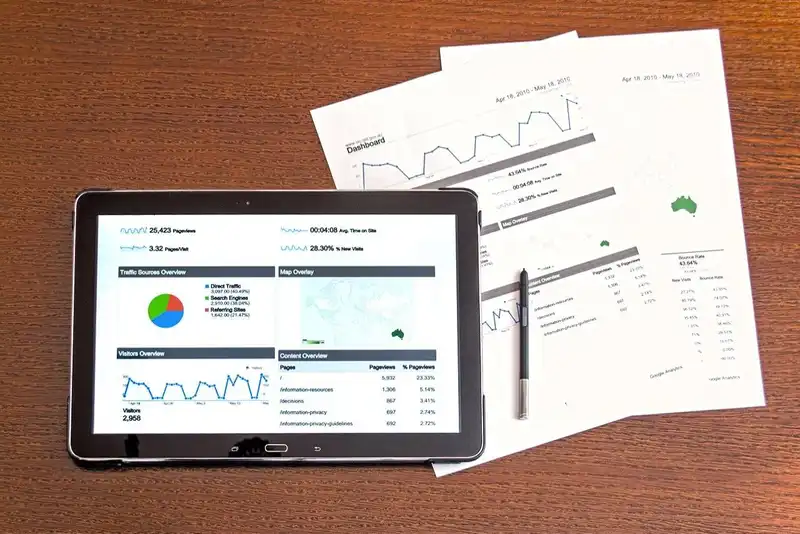How to Effectively Manage Employee Shifts
Introduction
Employee shift management helps with functions ranging from employee scheduling to shift planning in order to best accommodate specific business needs and employee availability.
What is Employee Shift Management?
An increasingly mobile workforce has resulted in many employers and managers feeling intimidated about the future of their workforce management and employee scheduling procedures. Employee shift management can simplify and streamline these processes resulting in making your business as profitable as possible while also keeping your employees happy.
Employee shift management benefits include-
1. Flexibility- The mobile workforce is expanding over time, and successful businesses are finding that their employees are both more productive and happier when given control of their schedules. Whether you are a small business or a large corporation, providing your employees with the ability to create schedules or swap shifts can help them feel trusted and valued.
Some employees work better when provided with more flexibility, and find that the traditional 9-5 is not the right time for them to work at their highest productivity levels. A flexible work schedule is a big incentive for top talent employees when they are deciding between career opportunities.
However, scheduling needs may not always align with employee schedule preferences. Fortunately, employee shift management can help to find the ideal balance between business profitability and employee schedule accommodations.
Employees who are given control over their schedules have higher employee engagement levels. Employee scheduling access allows your staff members to-
- Swap shifts amongst themselves
- Make schedule changes
- Volunteer for open shifts
- Survey employee availability
- View schedules remotely
- Increase team communication
- Keep track of shifts
- Reference work schedules in real time
Whether employees are interacting with customers through an email address or mobile app always make sure to provide the tools necessary to make each employee experience as positive as possible.
3. Communication- Team communication is improved when employees have a central platform from which to interact with one another. Employee shiftmanagement software should include a communication platform that employees are comfortable and confident using.
Whether discussing shift swaps or time clock errors, your employees can use mobile apps to communicate with one another. Instead of having to keep track of many different communication channels, important discussions can occur and be recorded for future reference in one centralized location.
4. Organization- A manual employee scheduling process is time-consuming, stressful, and susceptible to errors. Using technology, both workforce management and employee scheduling are simplified and streamlined.
Employees can see schedule changes and open shifts as they occur in real time instead of relying on disorganized and delayed communications between managers and employees.
5. Savings- Time tracking software and employee scheduling software can help reduce labor costs and increase employee satisfaction and engagement levels.
Auto scheduling applications save a lot of labor costs and free up valuable management time. When managers no longer have to spend massive amounts of time and energy to create schedules they can use those resources towards innovation and business growth.
How to Properly Manage Employee Shifts

Employee shift management requires consideration of many different business operations simultaneously. Thankfully there are many best practice techniques that managers can use, including-
1. Consistency- If your employees have become accustomed to a certain shift and they are performing during those times, avoid making unnecessary changes. Consistency can help employees feel secure, valued, and keep up their morale.
Additionally, last minute changes can force even the best employee to have to miss a shift. When employees do not feel in control of their schedules, they are much more likely to seek alternative employment.
Increased consistency results in higher employee morale and higher levels of employee satisfaction. When top talent employees stay at your business long term, they also serve as a consistent foundation for your company culture.
2. Coverage- Even the best shift scheduling process is confronted with unforeseen hurdles from time to time. Family emergencies and unexpected employee illnesses can create open shifts with little time for managers to fill them.
Managers are often left scrambling to find coverage for the staffing your business needs which causes unnecessary stress for everyone involved. This could be avoided by using scheduling software that allows employees to be instantly alerted about open shifts and unexpected schedule changes.
3. Compilation- Data compilation is incredibly important for creating the most ideal work schedule possible for each employee. Using mobile apps like time clocks and time tracking software provides information on employee schedule preferences as well as business needs for future scheduling.
Businesses can greatly reduce labor costs and better create work life balances for employees when they optimize their employee scheduling management procedures. Employee scheduling that finds a balance between business needs and employee schedule accommodations are sure to increase both their profitability and employee morale long term.




